Home>Gardening & Outdoor>Landscaping Ideas>What Is Perennial Ryegrass
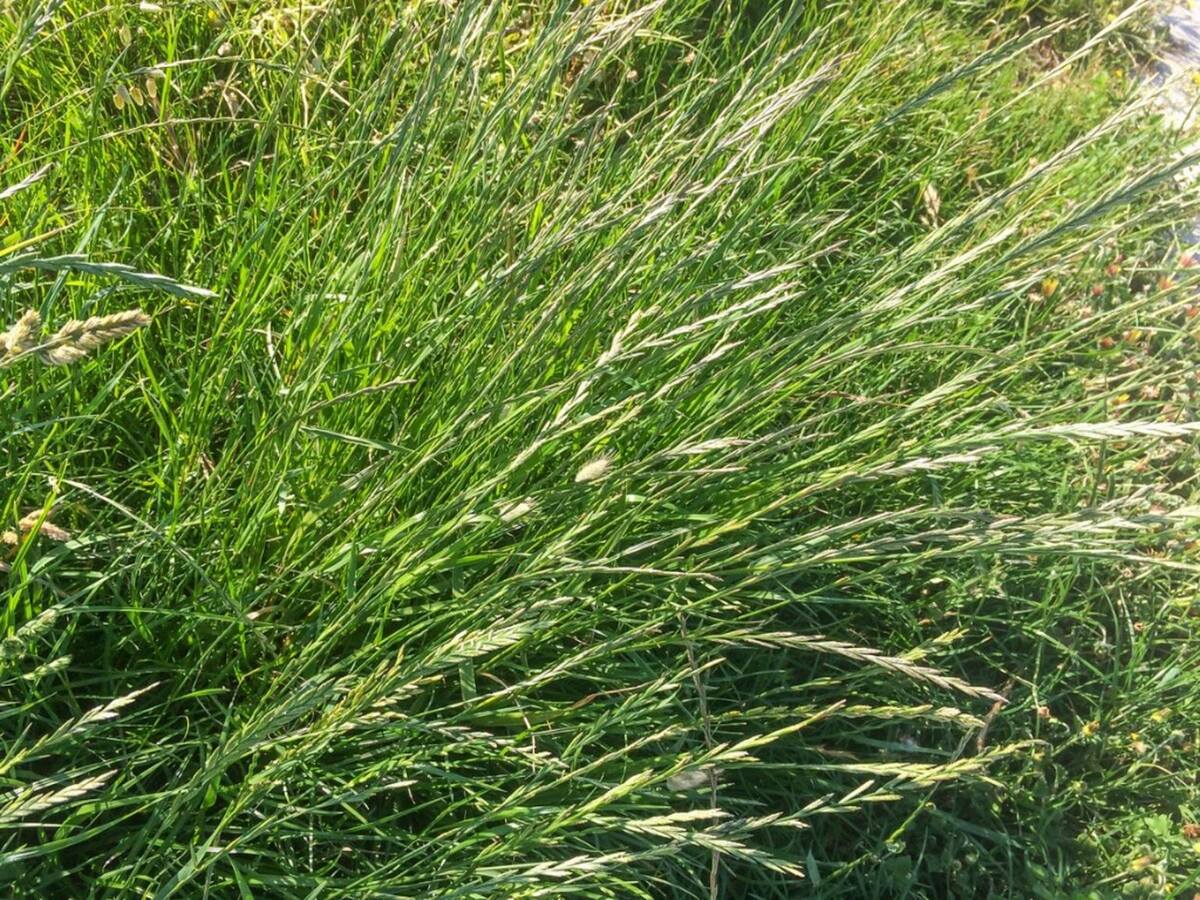

Landscaping Ideas
What Is Perennial Ryegrass
Published: January 27, 2024
Learn about the benefits of using perennial ryegrass in landscaping and get ideas for incorporating it into your outdoor spaces. Discover how this versatile grass can enhance the beauty of your property.
(Many of the links in this article redirect to a specific reviewed product. Your purchase of these products through affiliate links helps to generate commission for Storables.com, at no extra cost. Learn more)
**
Introduction
**
When it comes to creating a lush, vibrant lawn or pasture, choosing the right type of grass is crucial. One popular option that consistently delivers on both aesthetics and functionality is perennial ryegrass. This versatile grass species boasts a rich history, impressive characteristics, and a wide range of uses, making it a top choice for many landscaping and agricultural endeavors.
Perennial ryegrass, scientifically known as Lolium perenne, is a cool-season grass that belongs to the Poaceae family. Its enduring popularity can be attributed to its quick establishment, fine texture, and exceptional tolerance to heavy foot traffic and close mowing. This makes it an ideal choice for lawns, parks, golf courses, and athletic fields. Additionally, its high nutritional value and palatability make it a valuable component in pastures for livestock.
In the following sections, we will delve into the origin and characteristics of perennial ryegrass, explore its diverse uses and benefits, discuss the cultivation and maintenance practices required for optimal growth, examine common varieties, and address potential challenges associated with its cultivation. By the end of this comprehensive guide, you will have a deeper understanding of perennial ryegrass and its potential to elevate your landscaping or agricultural projects.
Key Takeaways:
- Perennial ryegrass is a resilient and versatile grass species, perfect for creating lush lawns, recreational spaces, and sports turf, as well as providing high-quality forage for livestock.
- Cultivating and maintaining perennial ryegrass requires careful attention to soil preparation, seeding, watering, fertilization, and ongoing maintenance practices to ensure a thriving and resilient turf.
Read more: How Fast Does Perennial Ryegrass Germinate
Origin and Characteristics of Perennial Ryegrass
Perennial ryegrass has a rich history that dates back to Europe, where it is native to the cooler regions of the continent. Its natural habitat encompasses the meadows, pastures, and open woodlands of countries such as England, Ireland, and the lowlands of Scotland. Over time, its exceptional qualities led to its widespread cultivation and adoption in various regions across the globe, including North America, Australia, and New Zealand.
One of the key characteristics that sets perennial ryegrass apart is its rapid germination and establishment. This allows it to quickly form a dense, lush turf, making it a popular choice for overseeding warm-season grasses in regions with a transitional climate. Furthermore, its fine texture and vibrant green color contribute to its visual appeal, creating an inviting and picturesque landscape.
Another notable trait of perennial ryegrass is its remarkable tolerance to heavy foot traffic and close mowing. This makes it an excellent option for high-traffic areas such as sports fields and recreational spaces. Additionally, its adaptability to a wide range of soil types and its ability to thrive in both sunny and partially shaded areas further enhance its appeal for landscaping projects.
In terms of agricultural applications, perennial ryegrass is highly valued for its nutritional quality and palatability. It serves as a valuable forage option for livestock, providing a rich source of essential nutrients and promoting healthy grazing habits. Its rapid regrowth after grazing or cutting also makes it a practical choice for pasture management.
Overall, the origin and characteristics of perennial ryegrass underscore its versatility, resilience, and aesthetic appeal, making it a sought-after grass species for a wide array of landscaping and agricultural purposes.
Uses and Benefits of Perennial Ryegrass
Perennial ryegrass is celebrated for its diverse range of uses and the multitude of benefits it offers across various applications. Its adaptability and resilience make it a versatile choice for both landscaping and agricultural purposes.
Landscaping:
- Lush Lawns: Perennial ryegrass is a popular choice for creating lush, vibrant lawns due to its fine texture, rich green color, and rapid establishment. It provides an attractive and durable turf that enhances the visual appeal of residential and commercial landscapes.
- Recreational Spaces: Its exceptional tolerance to heavy foot traffic makes it an ideal option for parks, playgrounds, and recreational areas, where durability and aesthetics are equally important.
- Golf Courses and Athletic Fields: The ability of perennial ryegrass to withstand close mowing and recover quickly from wear and tear makes it a preferred grass species for golf course fairways, tees, and athletic fields.
Agriculture:
- Livestock Forage: Perennial ryegrass is highly valued as a forage option for livestock due to its exceptional nutritional quality and palatability. It provides a reliable source of essential nutrients for grazing animals, promoting their health and productivity.
- Pasture Management: Its rapid regrowth and adaptability to rotational grazing make it an effective choice for pasture management, allowing for sustainable utilization of grazing areas and optimizing forage production.
Soil Stabilization:
Perennial ryegrass is utilized for soil stabilization in erosion-prone areas, thanks to its extensive root system that helps bind the soil and prevent erosion. This makes it an invaluable tool for environmental conservation and land rehabilitation projects.
Environmental Benefits:
As a cool-season grass, perennial ryegrass contributes to the reduction of carbon dioxide in the atmosphere through the process of photosynthesis, thereby playing a role in mitigating climate change. Additionally, its dense turf helps reduce runoff and soil erosion, contributing to overall environmental sustainability.
Overall, the uses and benefits of perennial ryegrass underscore its versatility, resilience, and positive impact on both landscapes and agricultural ecosystems, making it a valuable asset in various projects and initiatives.
Cultivation and Maintenance of Perennial Ryegrass
Successfully cultivating and maintaining perennial ryegrass requires careful attention to several key factors, including soil preparation, seeding, watering, fertilization, and ongoing maintenance practices. By following these guidelines, you can ensure the optimal growth and longevity of this resilient grass species.
Soil Preparation:
Prior to seeding perennial ryegrass, it is essential to prepare the soil adequately. This involves clearing the area of debris, weeds, and any existing vegetation. Additionally, conducting a soil test to assess nutrient levels and pH is recommended to determine if any amendments are needed to create an optimal growing environment for the grass.
Seeding:
When seeding perennial ryegrass, it is crucial to follow the recommended seeding rates to achieve the desired turf density. Broadcasting the seeds evenly and using a roller to ensure good seed-to-soil contact can promote uniform germination and establishment. For overseeding warm-season grasses, timing is key, and it is best performed in the fall to allow for establishment before the onset of winter dormancy.
Watering:
Proper watering is essential for the successful establishment of perennial ryegrass. During the germination phase, the soil should be kept consistently moist to support seedling growth. Once established, regular and deep watering is recommended, especially during dry periods, to promote a healthy and resilient turf.
Fertilization:
Applying a balanced fertilizer with the appropriate ratio of nitrogen, phosphorus, and potassium can support the vigorous growth and color of perennial ryegrass. It is important to follow recommended application rates and timings to avoid over-fertilization, which can lead to excessive shoot growth and potential thatch accumulation.
Mowing and Maintenance:
Regular mowing is essential to maintain the desired height and density of perennial ryegrass. Keeping the grass at a recommended height of 2 to 3 inches promotes a healthy root system and helps prevent weed encroachment. Additionally, proper maintenance practices, such as core aeration and dethatching as needed, contribute to the overall health and vigor of the turf.
By implementing these cultivation and maintenance practices, you can establish and sustain a thriving stand of perennial ryegrass, whether for landscaping, pasture, or environmental conservation purposes. Its resilience and adaptability, combined with proper care, make it an enduring and valuable component of various outdoor spaces.
Perennial ryegrass is a cool-season grass commonly used in lawns and pastures. It has a fine texture and is known for its rapid germination and establishment. It requires regular watering and mowing to maintain its appearance.
Common Varieties of Perennial Ryegrass
Perennial ryegrass encompasses a diverse array of varieties, each with its own unique characteristics and strengths. These varieties have been developed through selective breeding and genetic advancements to meet specific needs and performance requirements in various environments and applications. Understanding the common varieties of perennial ryegrass can help in selecting the most suitable option for specific landscaping or agricultural endeavors.
Diploid Varieties:
Diploid perennial ryegrass varieties are known for their strong seedling vigor and rapid establishment. They are well-suited for use in overseeding warm-season grasses and for creating lush, resilient lawns. Popular diploid varieties include ‘Barbados’, ‘Palmer’, and ‘Manhattan’, each offering a fine texture, vibrant color, and exceptional wear tolerance.
Tetraploid Varieties:
Tetraploid perennial ryegrass varieties are prized for their enhanced disease resistance, improved heat tolerance, and overall performance in challenging conditions. They are often utilized in sports turf, golf courses, and high-traffic areas where durability and visual appeal are paramount. Notable tetraploid varieties include ‘Fiesta 4’, ‘Linn’, and ‘Amazing’, known for their rapid germination, fine leaf texture, and adaptability to diverse soil types.
Endophyte-Enhanced Varieties:
Some perennial ryegrass varieties are bred with beneficial endophytic fungi, which impart increased resistance to pests, improved tolerance to environmental stress, and enhanced persistence. Endophyte-enhanced varieties, such as ‘Palace’, ‘Fusion’, and ‘Citation’, offer the dual benefits of vigorous growth and natural pest protection, making them valuable options for both landscaping and pasture applications.
Low-Growth Varieties:
Low-growth or “turf-type” perennial ryegrass varieties are specifically bred for their compact growth habit, fine texture, and exceptional mowing quality. These varieties are well-suited for creating manicured lawns, ornamental landscapes, and recreational spaces where a dense, uniform turf is desired. Common low-growth varieties include ‘Pizzazz’, ‘SR 8650’, and ‘Stellar’, known for their low maintenance requirements and exceptional visual appeal.
By familiarizing yourself with these common varieties of perennial ryegrass, you can make informed decisions when selecting the most suitable cultivars for your specific landscaping, turfgrass, or pasture needs. Each variety brings its own set of attributes and performance characteristics, contributing to the overall versatility and adaptability of perennial ryegrass in diverse environments.
Read more: What Is Ryegrass
Potential Challenges and Considerations with Perennial Ryegrass
While perennial ryegrass offers a multitude of benefits and versatile applications, it is important to be aware of potential challenges and considerations associated with its cultivation and maintenance. Understanding these factors can help in effectively managing and maximizing the performance of perennial ryegrass in various settings.
Disease Susceptibility:
Perennial ryegrass is susceptible to certain diseases, including gray leaf spot, crown rust, and Pythium blight, especially in warm and humid conditions. Proper cultural practices, such as adequate air circulation, avoiding excessive nitrogen fertilization, and selecting disease-resistant varieties, can help mitigate the risk of these diseases and promote a healthier turf.
Overseeding Challenges:
When overseeding warm-season grasses with perennial ryegrass, it is important to consider the timing of overseeding to ensure successful establishment before the onset of winter dormancy. Additionally, competition from existing warm-season grasses and potential herbicide carryover can impact the germination and growth of perennial ryegrass, requiring careful planning and management.
Weed Competition:
While perennial ryegrass can form a dense turf that inhibits weed growth, it is still susceptible to weed encroachment, especially in areas with poor soil quality or inadequate maintenance. Implementing proper cultural practices, such as regular mowing, appropriate fertilization, and targeted weed control measures, can help minimize weed competition and promote a healthy stand of perennial ryegrass.
Winter Hardiness:
In regions with harsh winter conditions, the winter hardiness of perennial ryegrass varieties becomes a crucial consideration. Some varieties may exhibit varying levels of cold tolerance, and selecting appropriate cultivars suited to specific climate zones is essential to ensure winter survival and regrowth in the following spring.
Thatch Accumulation:
Overly dense and actively growing perennial ryegrass stands may be prone to thatch accumulation, which can hinder water infiltration, nutrient uptake, and overall turf health. Proper maintenance practices, including core aeration and dethatching as needed, can help manage thatch and promote a more resilient turf.
By addressing these potential challenges and considerations with proactive management strategies, it is possible to mitigate risks and optimize the performance of perennial ryegrass in diverse landscaping, turfgrass, and pasture applications. Understanding these factors empowers landowners, landscapers, and agricultural professionals to make informed decisions and implement effective care practices for perennial ryegrass.
Conclusion
Perennial ryegrass stands as a resilient and versatile grass species that has left an indelible mark on landscaping, turfgrass management, and agricultural practices worldwide. Its rich history, exceptional characteristics, diverse uses, and potential challenges collectively underscore its significance as a valuable asset in various outdoor environments.
From its origins in the meadows and pastures of Europe to its widespread cultivation across continents, perennial ryegrass has consistently proven its adaptability and resilience. Its rapid germination, fine texture, vibrant color, and exceptional tolerance to heavy foot traffic make it a top choice for creating lush lawns, recreational spaces, and sports turf. Additionally, its high nutritional value and palatability have positioned it as a favored forage option for livestock and a practical choice for pasture management.
Cultivating and maintaining perennial ryegrass requires careful attention to soil preparation, seeding, watering, fertilization, and ongoing maintenance practices. By following these guidelines, individuals can establish and sustain a thriving stand of perennial ryegrass, whether for aesthetic, recreational, or agricultural purposes.
Understanding the common varieties of perennial ryegrass and the potential challenges associated with its cultivation provides valuable insights for selecting the most suitable cultivars and implementing effective management strategies. By doing so, landowners and professionals can make informed decisions and optimize the performance of perennial ryegrass in diverse environments.
As with any landscaping or agricultural endeavor, the successful integration of perennial ryegrass requires a balanced approach that considers its benefits, challenges, and the specific needs of the intended application. By leveraging its strengths and addressing potential considerations, perennial ryegrass can continue to enhance outdoor spaces, support livestock nutrition, and contribute to environmental sustainability.
In conclusion, perennial ryegrass remains a steadfast and invaluable component of landscapes, pastures, and recreational areas, offering enduring beauty, functionality, and practicality. Its ability to thrive in diverse conditions and its significant impact on both aesthetics and agricultural productivity solidify its position as a perennial favorite in the world of grass species.
Frequently Asked Questions about What Is Perennial Ryegrass
Was this page helpful?
At Storables.com, we guarantee accurate and reliable information. Our content, validated by Expert Board Contributors, is crafted following stringent Editorial Policies. We're committed to providing you with well-researched, expert-backed insights for all your informational needs.
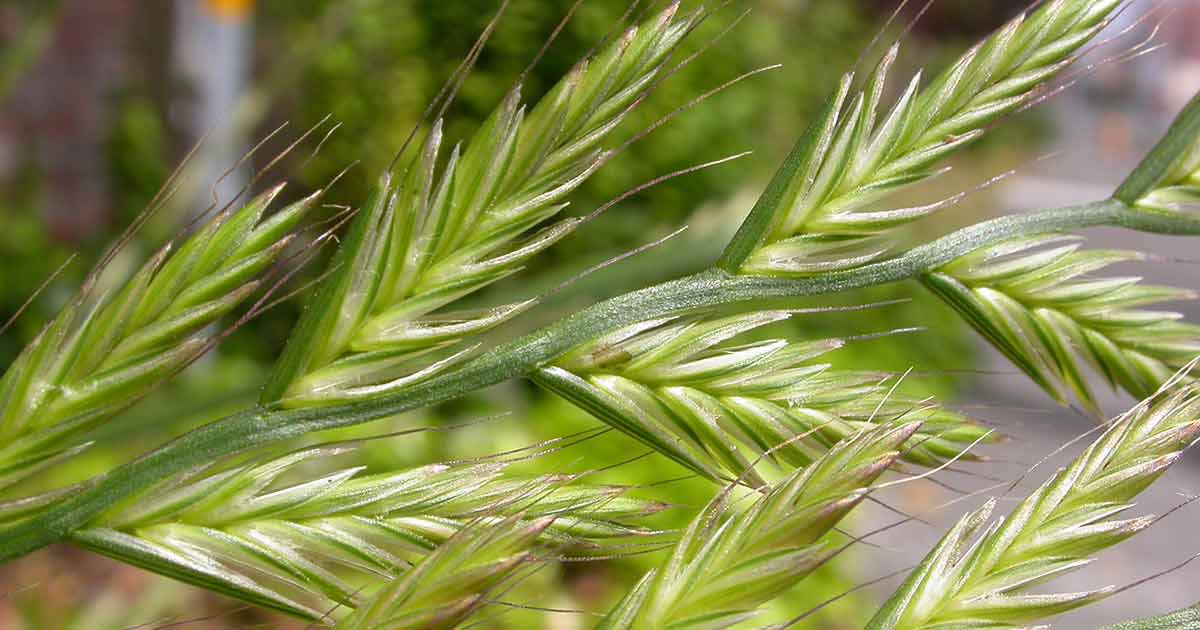
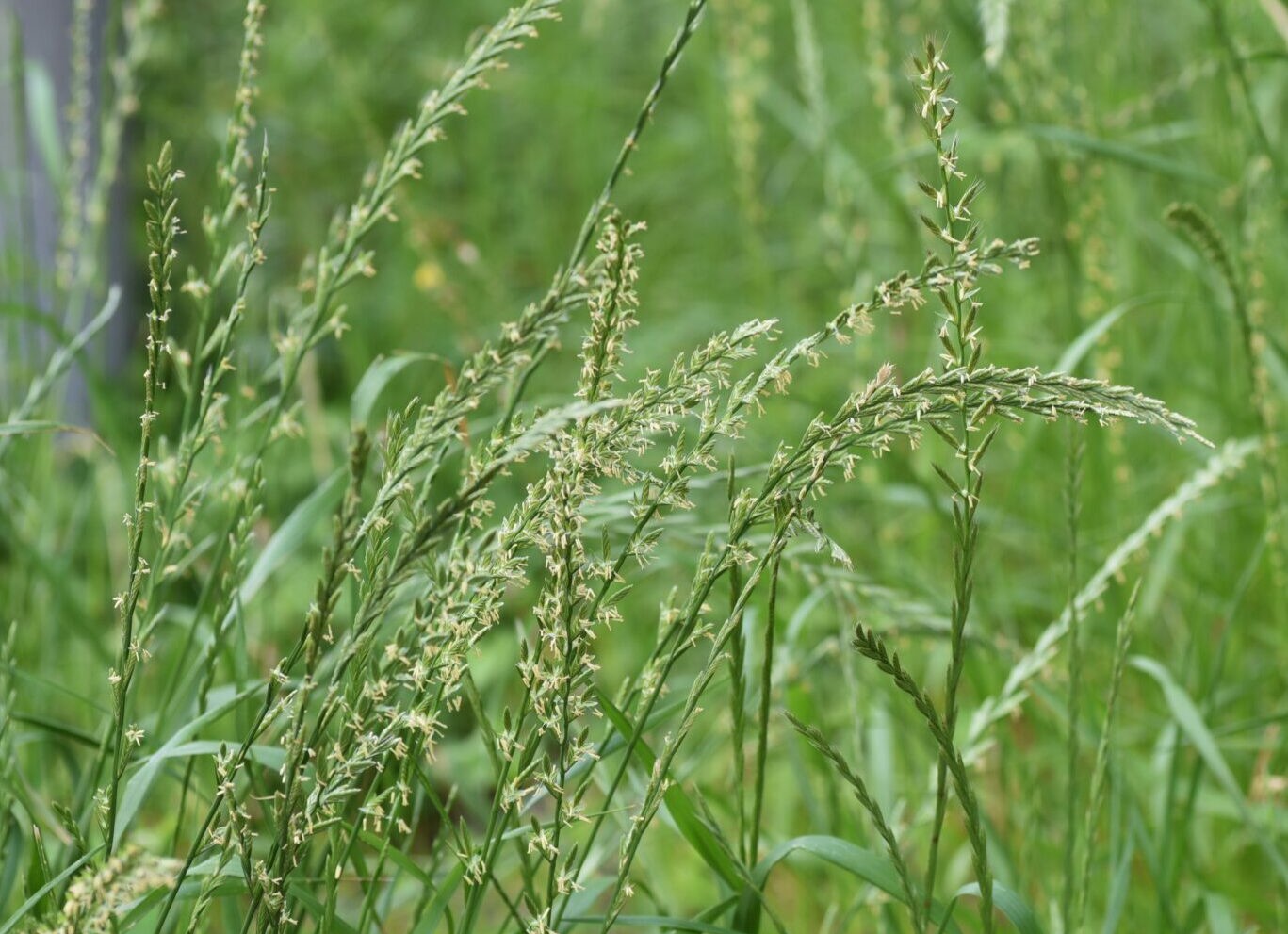
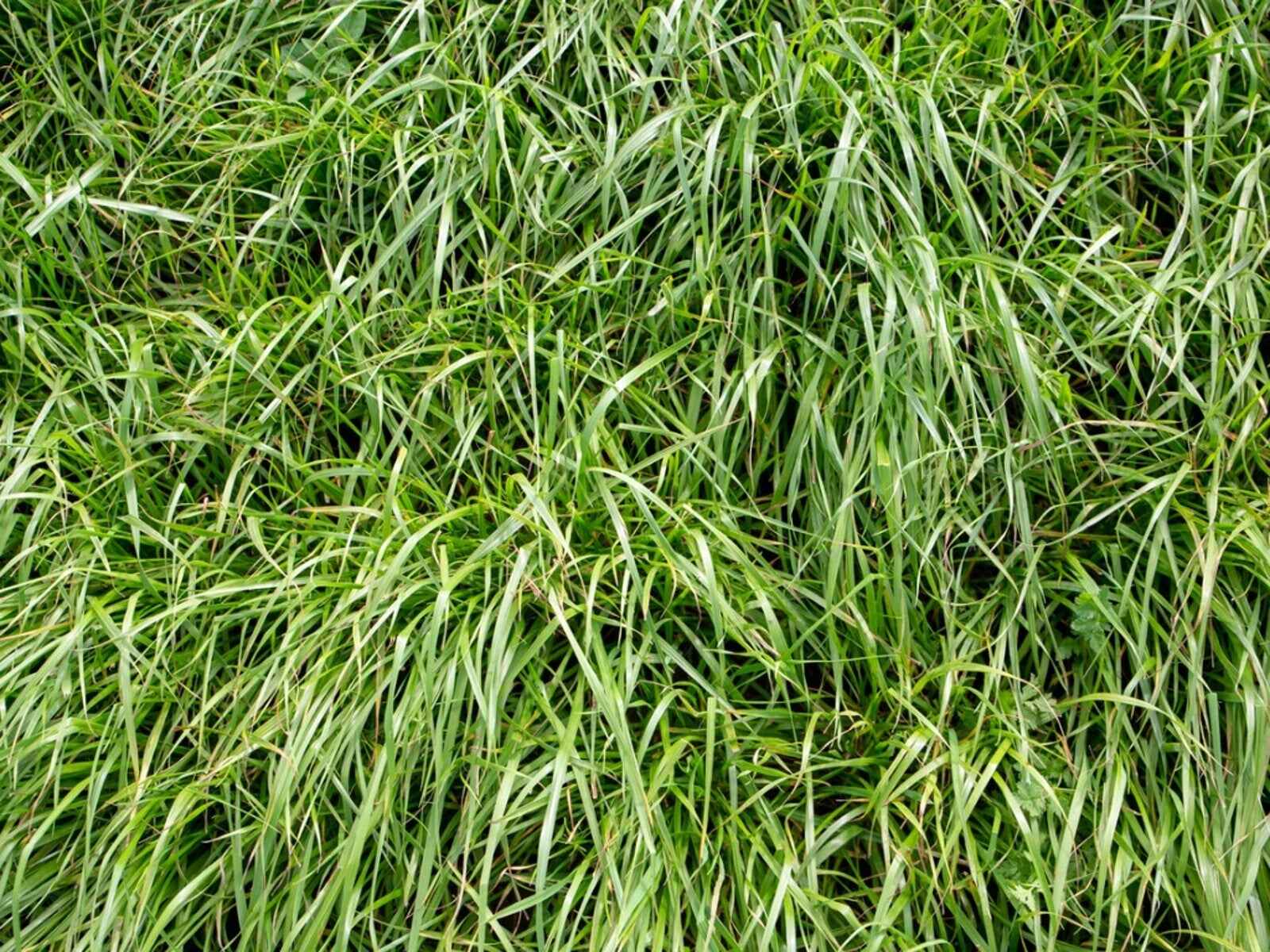
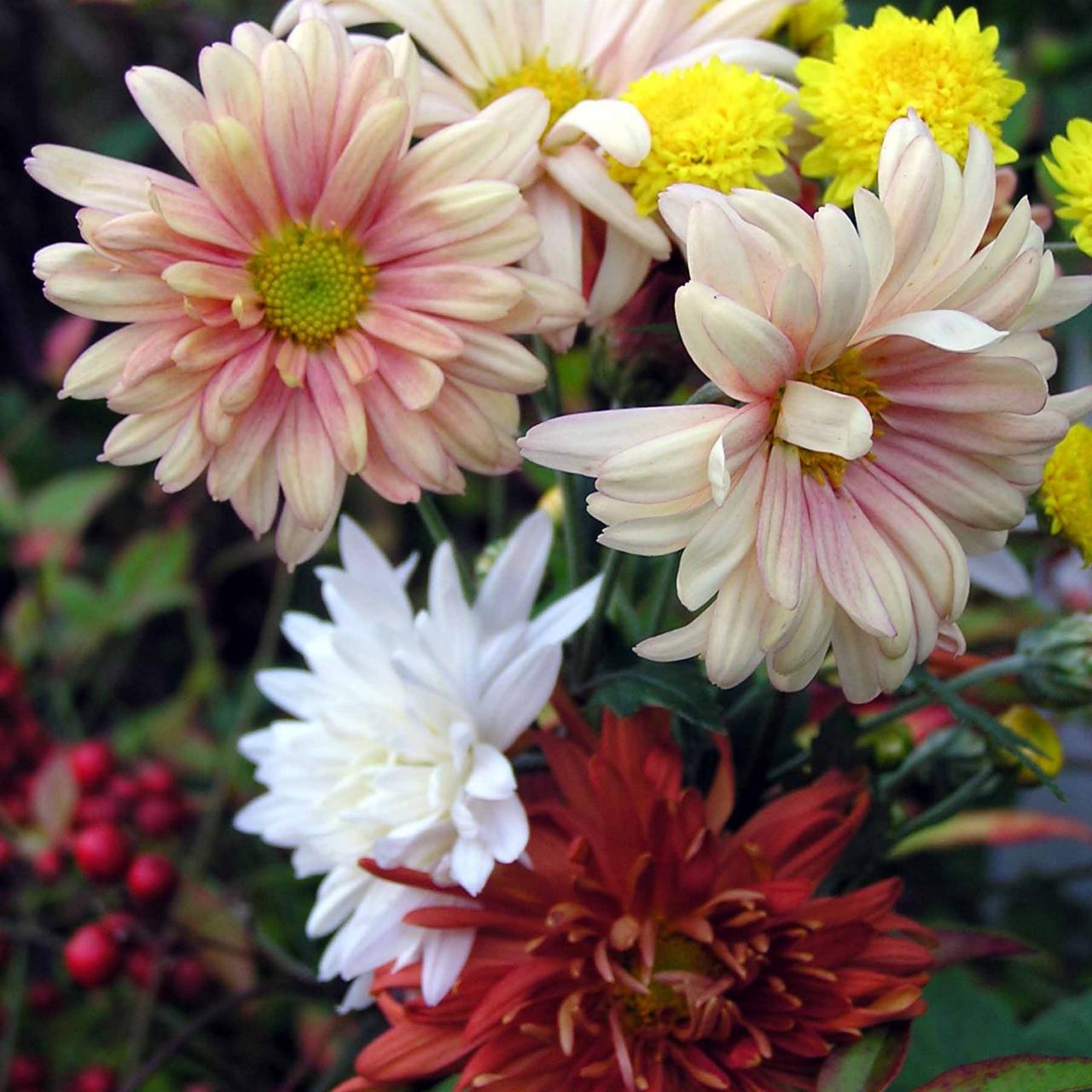
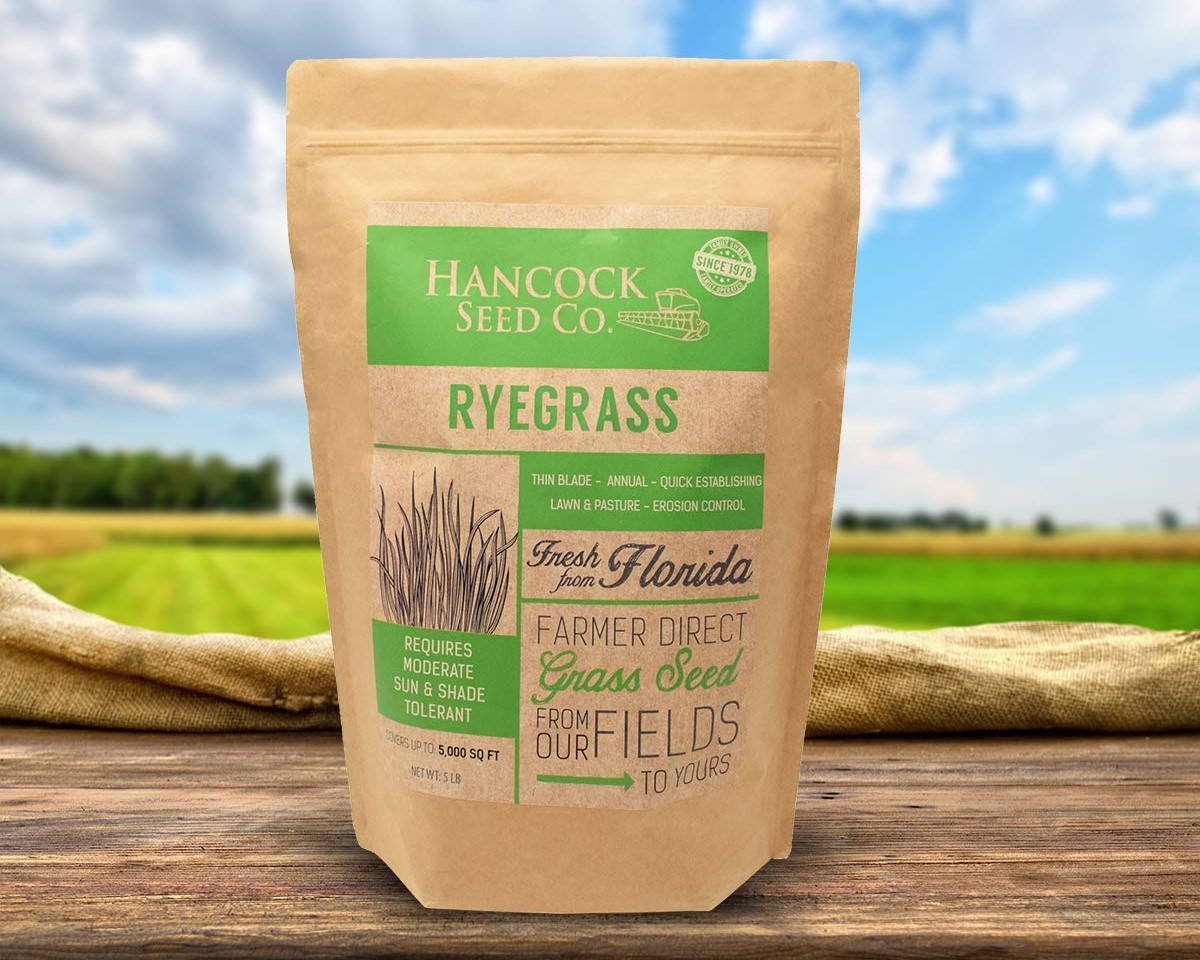
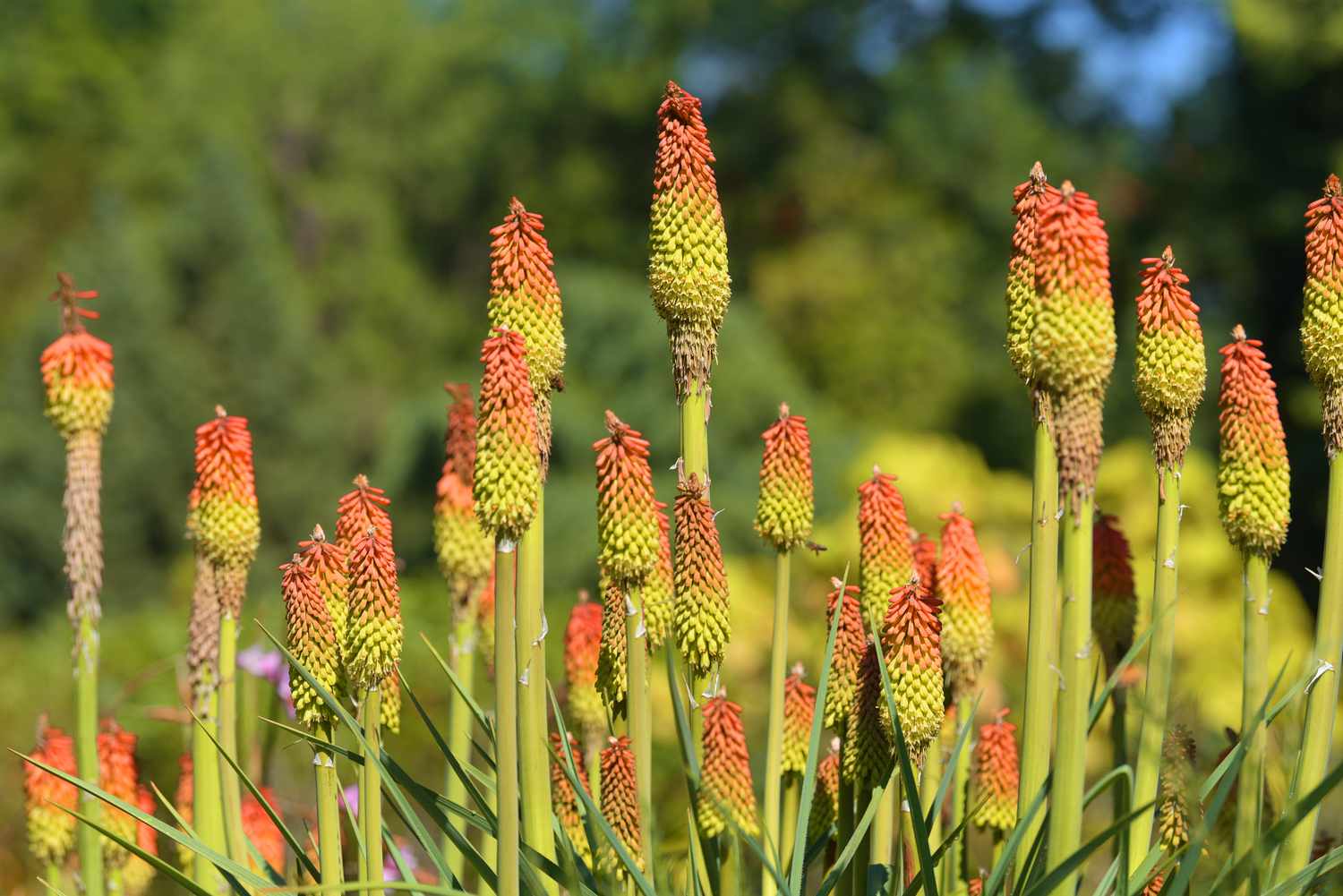
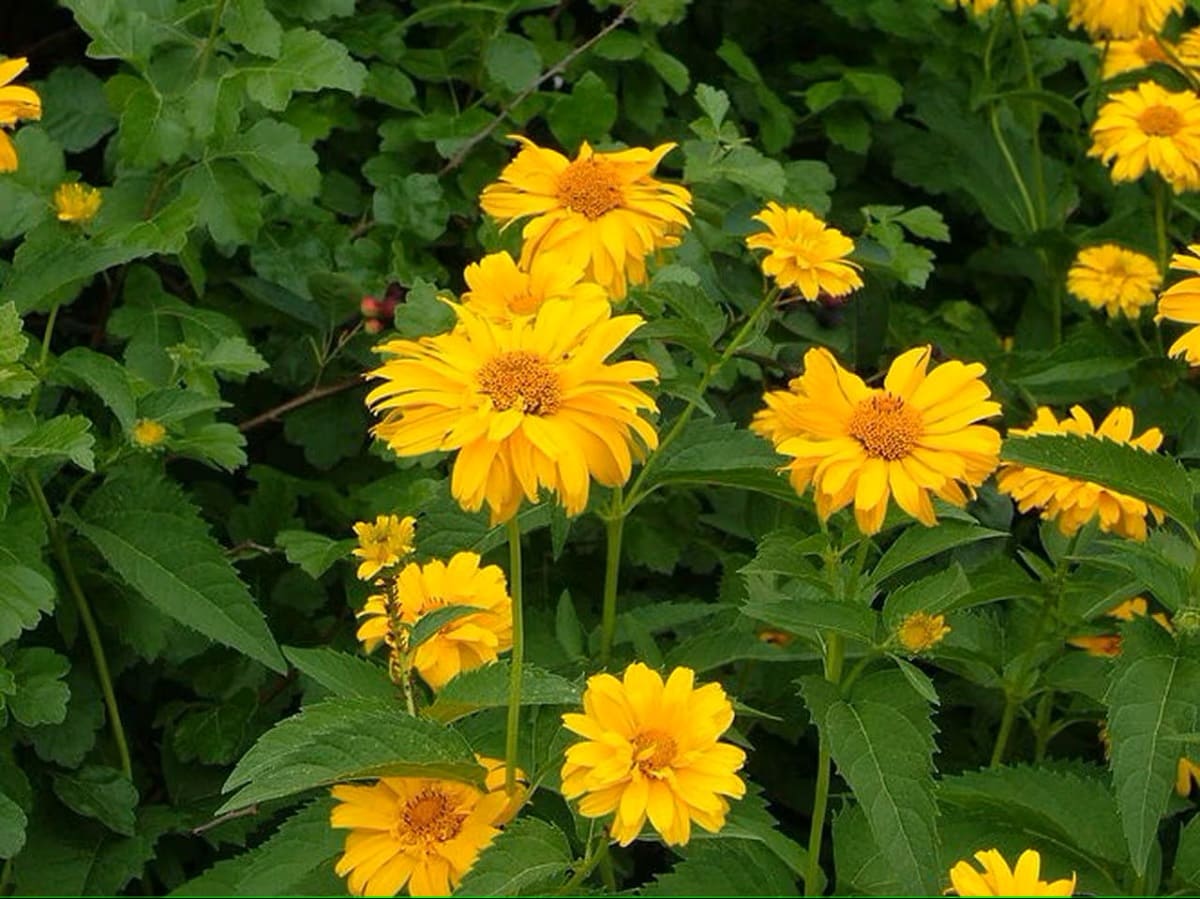
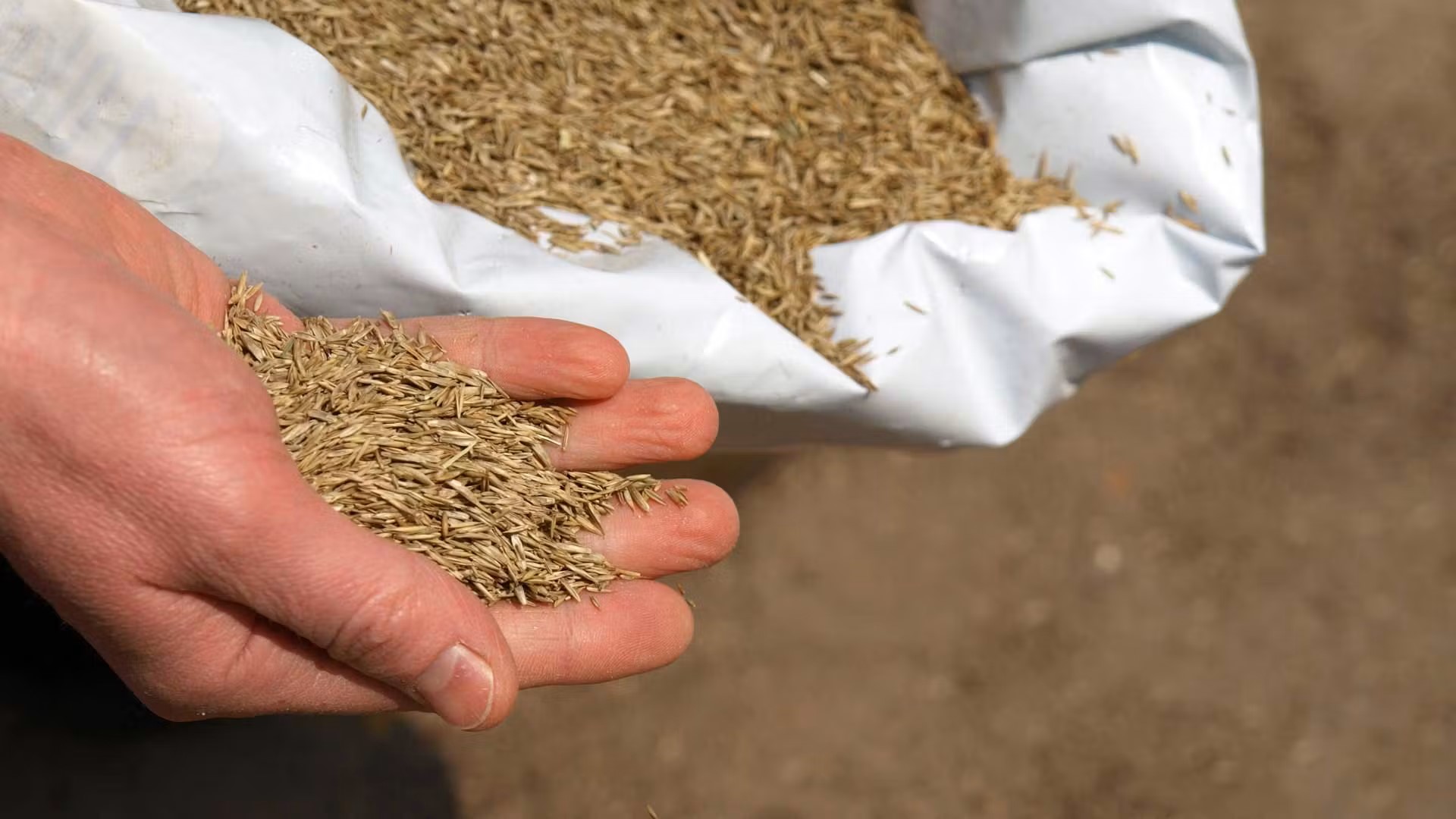
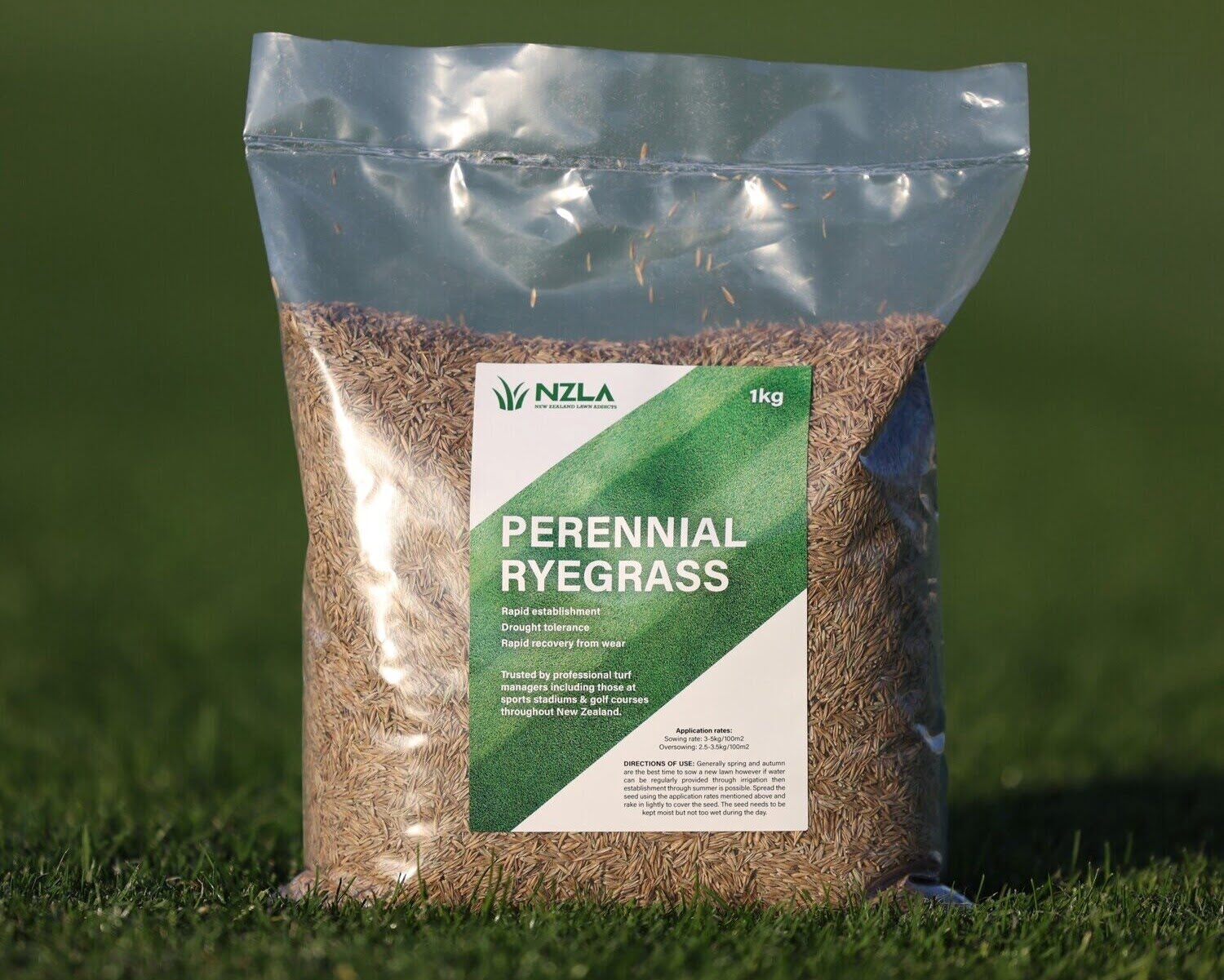
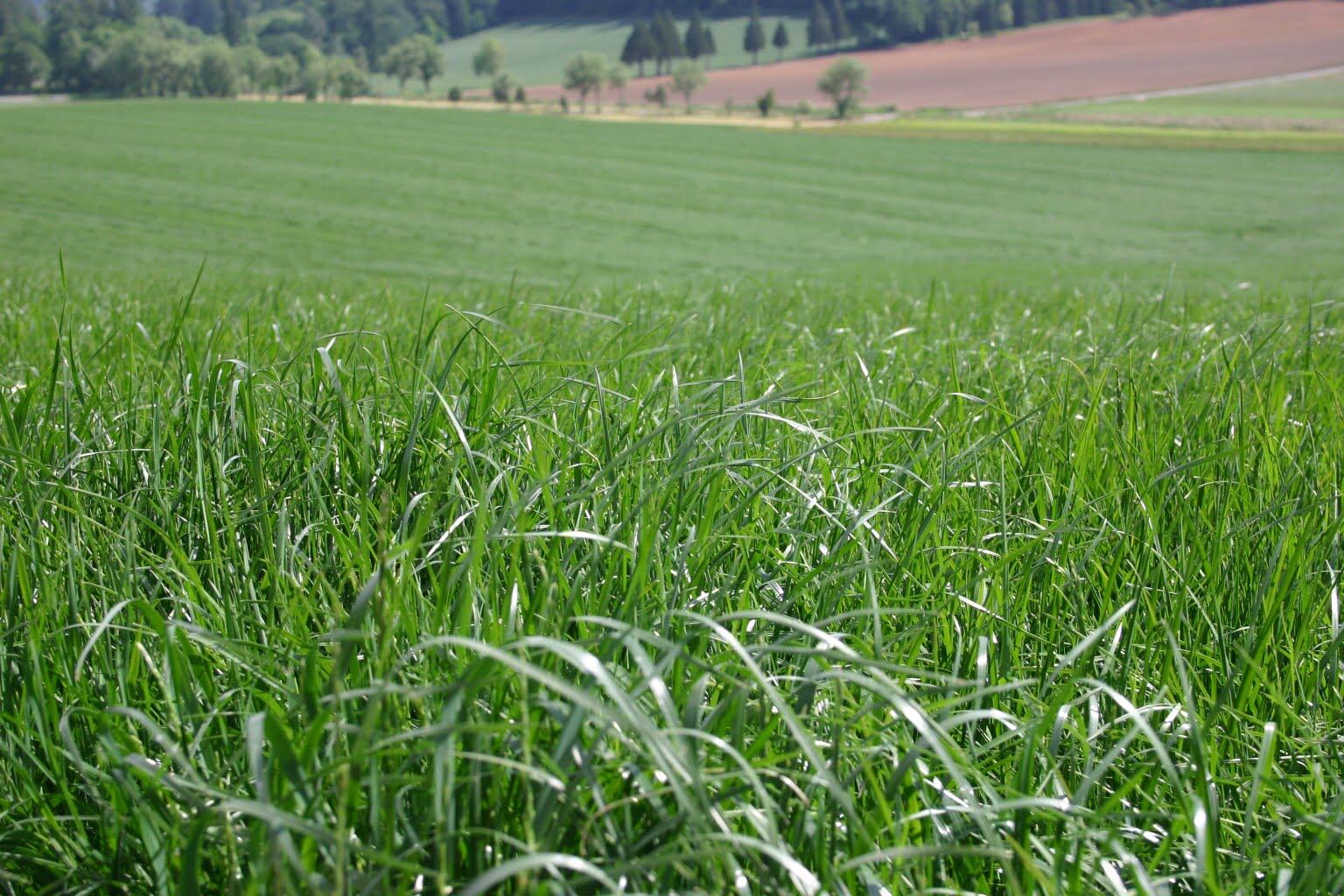
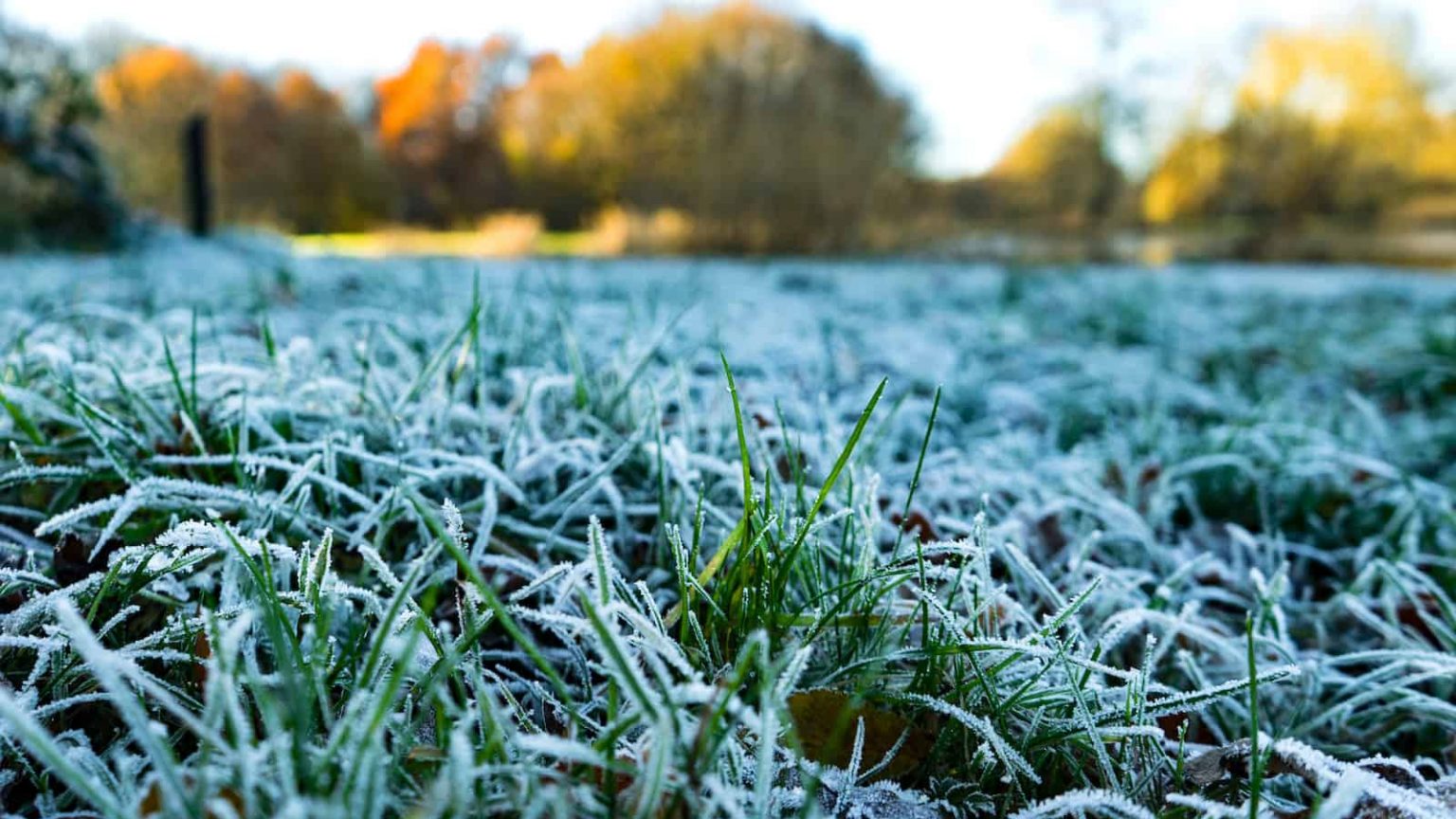
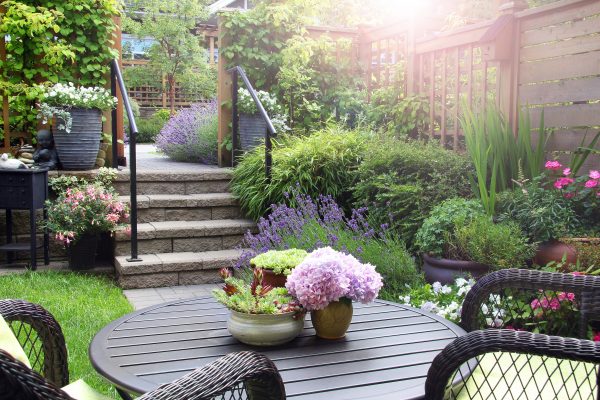
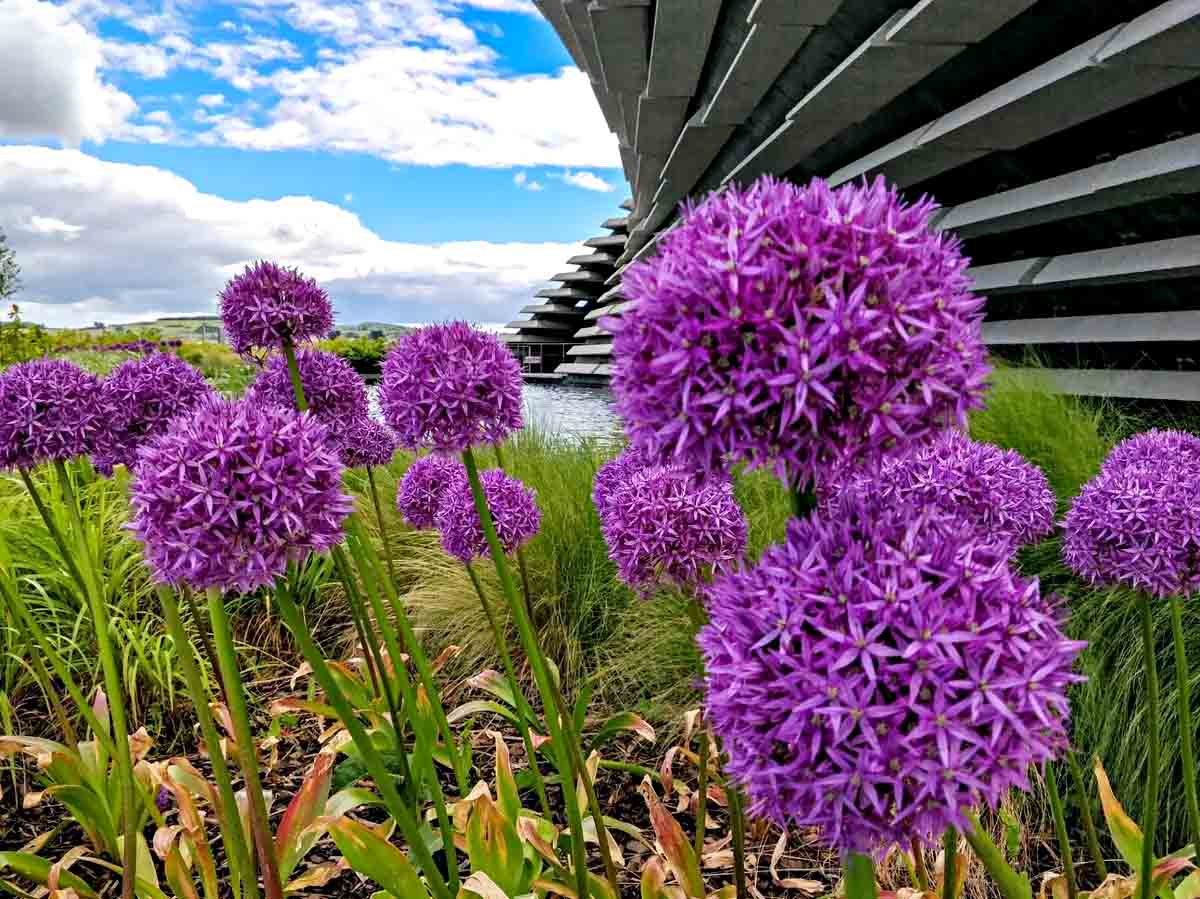


0 thoughts on “What Is Perennial Ryegrass”